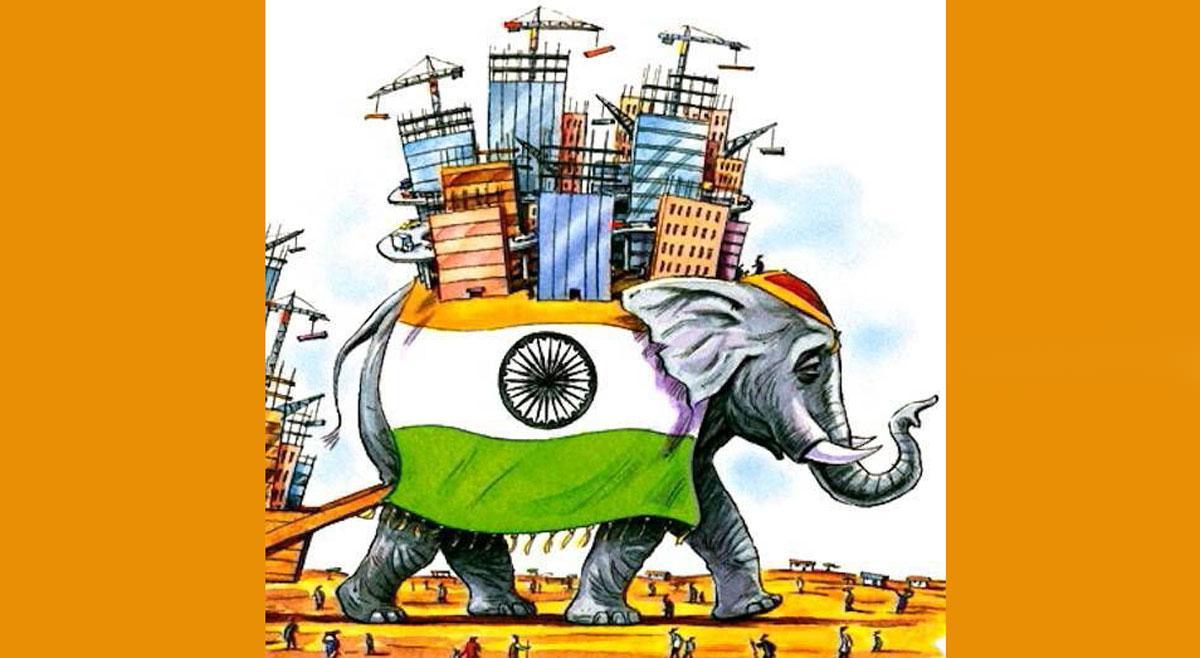Africa-Press – Mauritius. In Jan 1962, V. Krishna Menon, who became the second most powerful and intensely controversial figure in Jawaharlal Nehru’s Cabinet, responsible for retaking Goa militarily in 1961 and, nine months later, damned for military unpreparedness in the brief but humiliating October 1962 Chinese incursion into India, is reported to have said to then visiting Harvard academic Henry Kissinger: “You are always trying to embrace us.
Don’t embrace us. We are a proud people. . . ”. That devious Chinese slap, even while Chou En-lai was boasting about Indo-Chinese friendship, stung deeply, demolished Menon-Nehru image as would-be world statesmen, dented the Non-Aligned Movement’s credibility and furthered the Anglo-saxon condescension, if not, downright contempt, of the Indian Congress ruling class.
Indira Gandhi would find out in 1971 how deep that Hindu or Indophobic feeling ran as the UK, the USA and China sided with West Pakistan’s murderous clampdown of its moslem Bengali East, and millions of hounded refugees poured into India.
On August 9, 1971, India hurriedly signed a ‘Peace and Friendship’ treaty with the Soviet Union, which despatched a fleet of destroyers and a nuclear armed submarine to the Bay of Bengal that stunned all three major powers and halted the gun-boat politics of the mighty.
The elephant’s long memory
The lumbering elephant has a long memory and rarely forgets its foes and allies, namely a visceral defiance of China’s intentions behind any diplomatic prose at regional and international fora: normal trade relations had to be coupled with a permanent national security vigilance.
Years of strategic neglect, for want of a better term, had left the Himalayan frontier vulnerable to Chinese military build-up, allowed China to develop a « string of pearls » around Indian shores, and the latter’s nuclear submarines disturbingly prowled the Indian Ocean.
Modi’s foreign policy recognised India’s dire straits and set itself the formidable task of awakening the slumbering elephant out of its torpor through massive military, defence, space and aero-naval catch-up expenditures.
A simultaneous « Make in India » push across these vital domains, initially derided by the Opposition, has been vastly successful in ensuring strategic military transfers of technology from Western powers that is rapidly plugging most gaps in India’s impressive autonomous technological know-how and capacities.
The lumbering elephant could also be nimble by necessity and defence deals that would previously take decades to be agreed upon were now floated, analysed and launched within a couple of years with that powerful sense of purpose and urgency.
The West’s contempt and its attempt to militarily and diplomatically brow-beat India in the 70s also left scars that imposed on India a very cautious, progressive embrace of the West over twenty years, even with economic liberalisation of the nineties. The elephant had to tread carefully in uncharted territories.
Under Modi’s foreign policy, ably articulated by Minister of External Affairs Dr Jaishankar, India for instance, has steadfastly refused to condemn Putin’s Russia in its protracted conflict against Ukraine-NATO despite intense Western pressure to do so.
But astute observers noted that this was no longer old India’s vacillation, policy paralysis, fence-sitting or inability to take a stand, but rather a clear articulation of a confidently stated strategic imperative, which the EU and the US came grudgingly to respect, that new alliances, however vital to the new ages would not overshadow or replace trusted past allies in India’s hour of dire need.
This was the expression of a new-found confidence of the lumbering elephant on the world stage allowed for by its remarkable economic growth performance and the Modi rock-star status conferred by its enterprising diaspora in major countries.
In parallel, another obdurately hostile neighbour, Pakistan, having lost 4-5 attempted military invasions of Indian territory, launched itself on a « bleed the elephant with a thousand cuts » terror-funded policy of infiltrations and vicious attacks which did not spare Indian civilians, the most horrific being the 2008 Mumbai series of meticulously planned terrorist attacks.
This one originated in fast boats from Karachi, when explosive devices and gunfire were used to cause the maximum number of civilian casualties at ten prestigious sites on the financial capital’s exposed waterfront.
For More News And Analysis About Mauritius Follow Africa-Press







